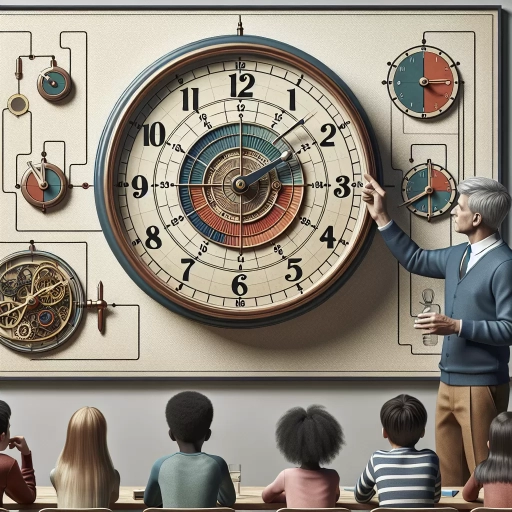How To Read A Clock

Understanding the Basics of a Clock
The Structure of a Clock
The typical clock design includes two or three hands that point towards numbers or symbols arrayed along the edge of a circular face. These hands move at different speeds and serve different roles. The slowest-moving hand counts hours, the next counts minutes, and if there’s a third one, it counts seconds. In order to read a clock, understanding these basics is very crucial. Clocks follow the same defining principle irrespective of their design diversity, ranging from the classic Roman-numeral-displaying piece to the modern digital screens.
12-Hour and 24-Hour Clock Formats
The 12-hour and 24-hour clock formats are two primary clock timekeeping systems in use around the world. The 12-hour format divides the day into two periods lasting 12 hours each. The first period runs from midnight to just before noon (the AM period), and the second period runs from noon to just before midnight (the PM period). Conversely, the 24-hour format utilizes numerical labels from 0 to 23 (for instance, 0 is midnight, 1 is 1 AM, 13 is 1 PM, etc.), with each hour representing a specific time of day. It's beneficial to be familiar with both systems since they are used interchangeably in different regions, cultures, and contexts.
The Concept of Time Zones
Global standard time is divided into time zones. These divisions theoretically follow the lines of longitude, with each time zone approximately 15 degrees wide, reflecting the time difference (one hour) created by the Earth’s rotation. Being aware of the concept of time zones is important when reading a clock, especially in a globalized world where we frequently interact with people from different geographical locations. Time zones enable us to coordinate global activities and provide a standardized reference for time worldwide.
How to Read an Analog Clock
Interpretation of the Hour Hand
In an analog clock, the hour hand is shorter of the two hands. It makes a full circle, i.e., 360 degrees, within 12 hours, so each hour corresponds to a 30-degree turn. To know the exact hour, look for the number the hour hand points to or has passed. Some people get confused when the hand is in between two numbers. Remember, if the hand has not reached a number yet, it still counts towards the number it has passed.
Reading the Minute Hand
The minute hand is the longer hand on an analog clock. It completes a full circle every hour. Each minute corresponds to a 6-degree turn (since 360 degrees divided by 60 minutes equals 6). If you want to know the exact minute, look for the number the minute hand points to and multiply it by 5. This is because each index represents 5 minutes.
Decoding the Second Hand
The second hand, if present, is the thinnest and often the fastest-moving hand on the clock. It moves into 60 separate second positions in each minute. That is, each second corresponds to a 6-degree movement. To read the exact second, follow the same procedure as with the minute hand; point to and multiply by five.
Digital Clock: An Alternate Way of Time-telling
Understanding the Display of Digital Clocks
Digital clocks display time electronically, often using a liquid crystal display (LCD). They show hours, minutes, and sometimes seconds through digits. Unlike an analog clock, digital watch doesn't require users to interpret the position of clock hands. They read the actual numbers. Many of these clocks work on a 24-hour cycle.
Digital 24-hour Clocks
24-hour digital clocks are popular in many parts of the world because of their straightforward nature. Instead of splitting the day into two periods of 12 hours, the day runs from 00:00 to 23:59. This format is also common in applications such as transportation schedules, computer systems, and military operations.
The Use of AM/PM in Digital Clocks
Some digital clocks use the 12-hour format, which divides the day into two periods lasting 12 hours each. The first period runs from midnight to just before noon (the AM period), and the second period runs from noon to just before midnight (the PM period). Despite the prevalence of 24-hour digital clocks, this format is still popular in several regions, particularly North America.